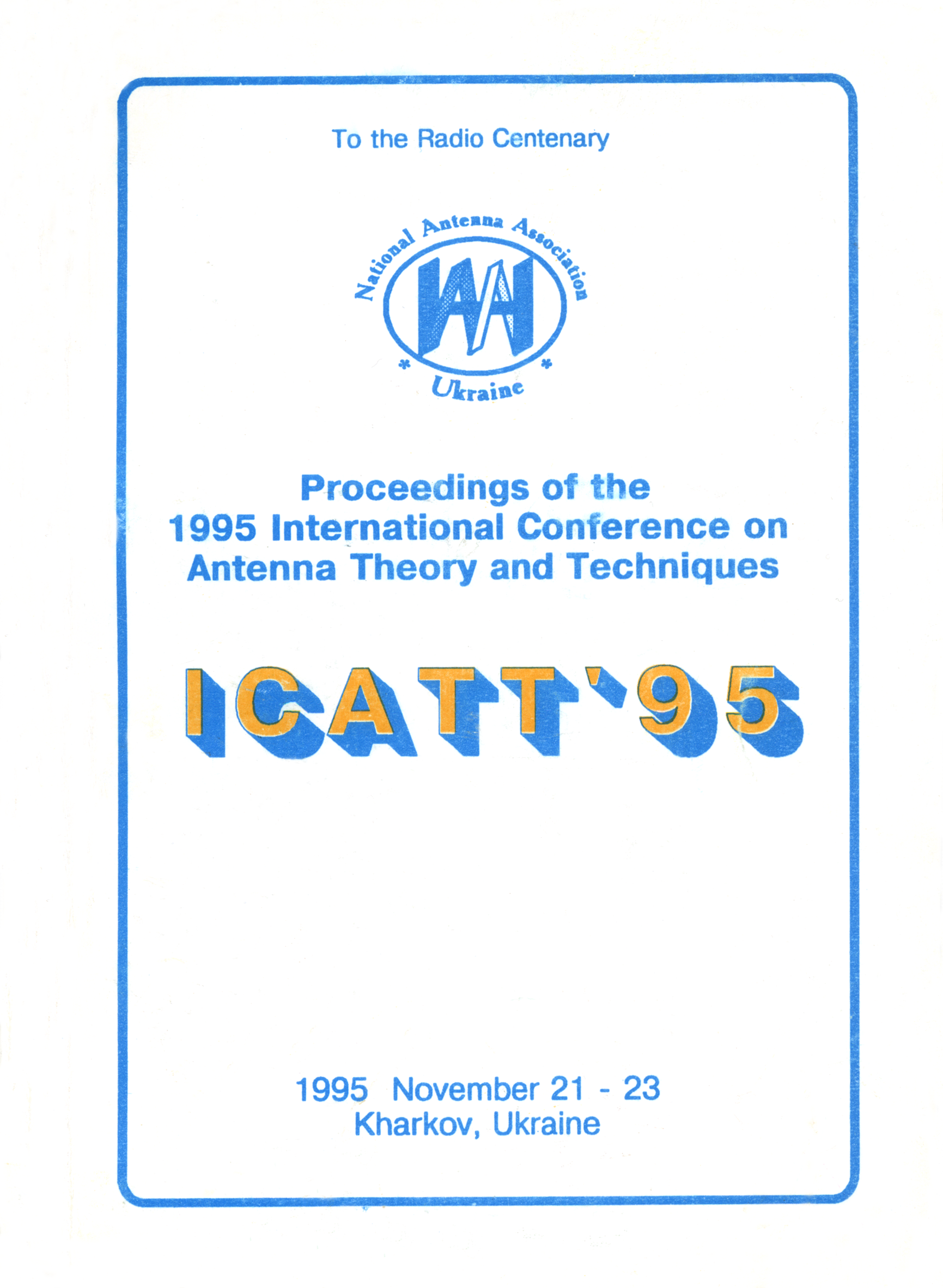Investigation aimed at studying aircraft landing system guidance errors emerging due to multipath propagation
DOI:
https://doi.org/10.1109/ICATT.1995.1234189Abstract
The landing system radio beacons used in civil aviation offer an extensive guidance zone where the output parameters are normalized. When operating the system, the signals multipath propagation is the main destabilizing factor resulting in the aircraft angular altitude accuracy measurement decrease.
The radio beacons control systems cannot in principle measure parameters in a definite point of the guidance zone, and the influence of the airfield local objects can be established either through the flight testing with a flying laboratory or through the corresponding mathematic modelling.
The paper treats the main questions connected with simulation of the radiowaves multipath propagation influence on the guidance accuracy. The analysis of existing methods used for calculating the secondary sources field strength and limitations of the used numerical algorithms is presented.
We propose to increase the accuracy of calculations based on Cotler’s method using an equivalent aperture replacing a rectangular plate, which approximates a part of the local object surface or an underlying surface.
The antenna models for the landing system allowing to calculate the radiation pattern in the Fresnel and Fraunhofer zones with minimum computational expenses are described. The local objects are being approximated with the rectangular plates or cylindrical surfaces of large radius.

